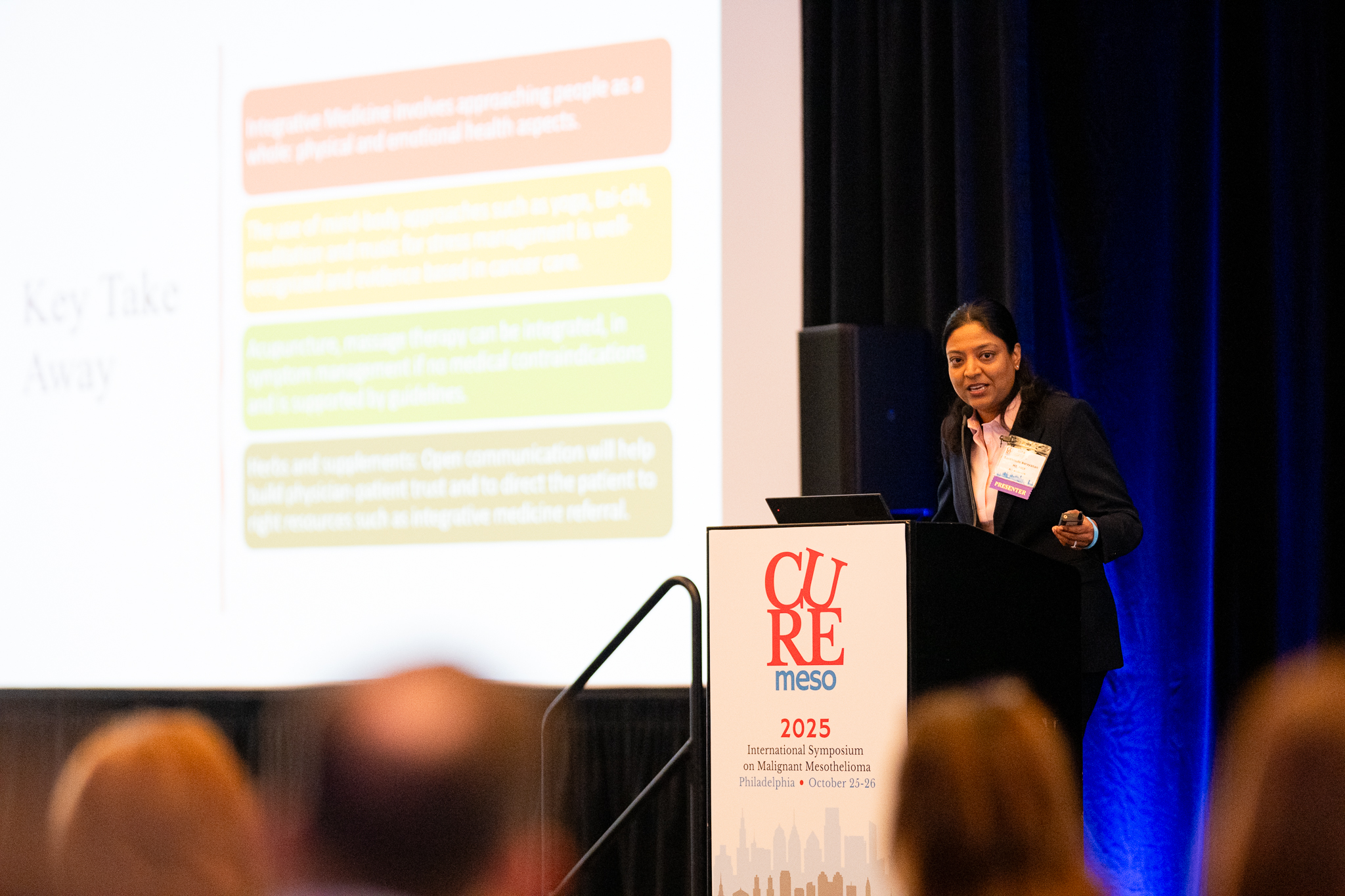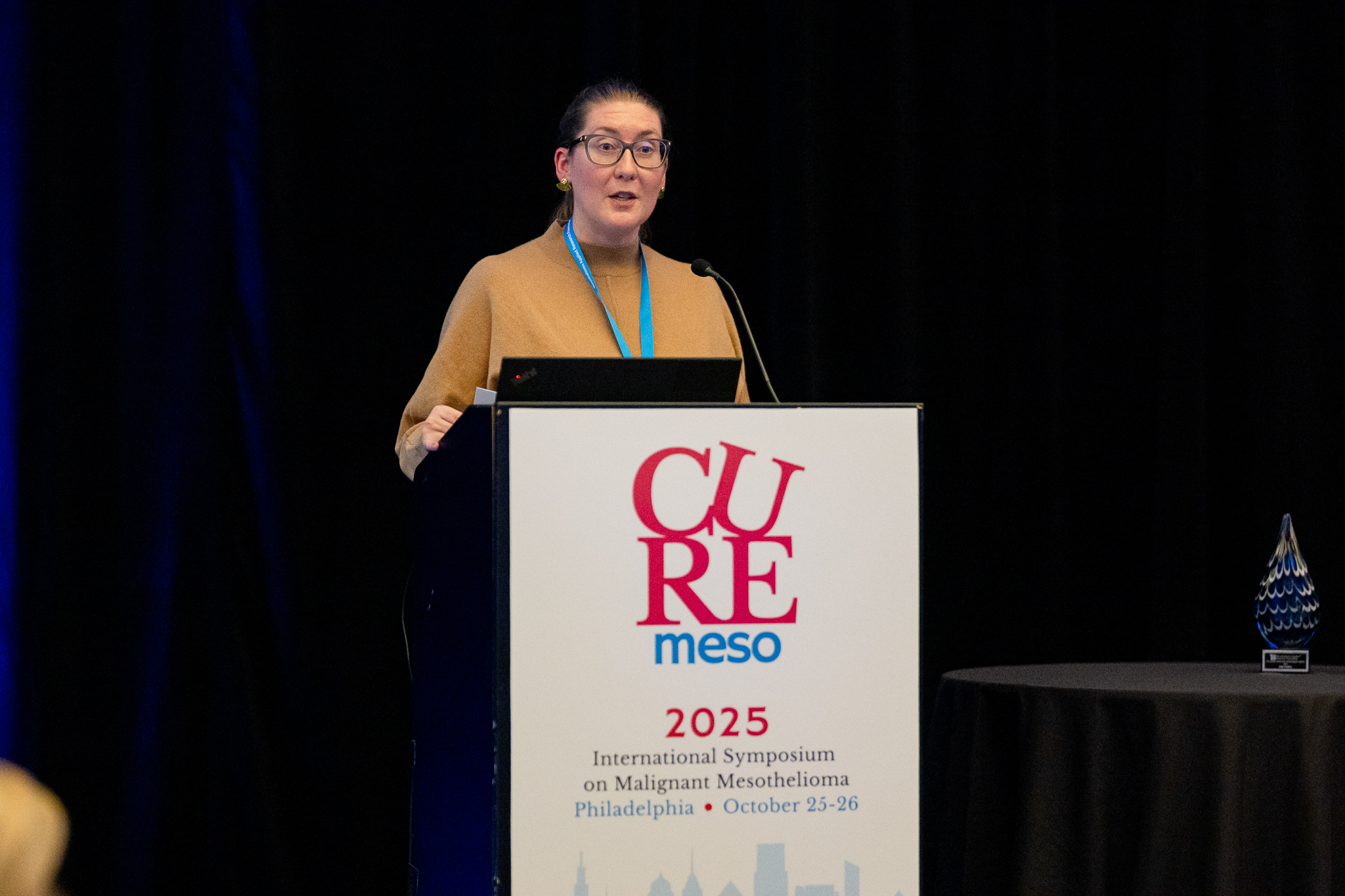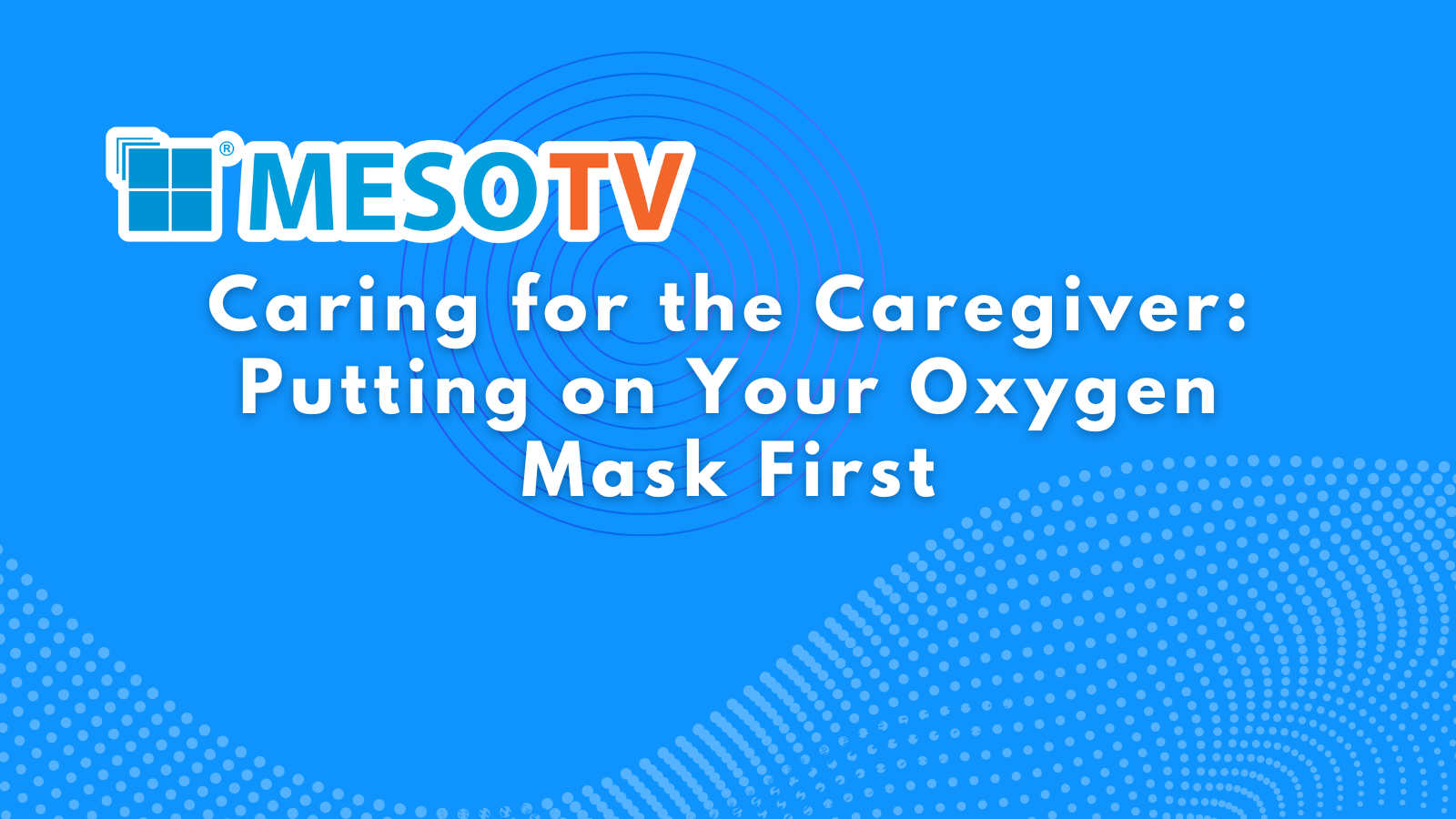In light of the newly released report by the Centers for Disease Control and Prevention (CDC) about the increase in mortality and morbidity of mesothelioma patients, the Mesothelioma Applied Research Foundation (Meso Foundation), the only nonprofit organization dedicated to eradicating mesothelioma and the suffering caused by this cancer, has released a statement emphasizing the need for research.
This CDC report was an updated review of mesothelioma deaths between 1999 and 2015. The last time this review occurred was in 2005.
The report partly states:
“Based on asbestos consumption and malignant mesothelioma incidence data, it was estimated that the number of mesothelioma cases among males would peak during 2000–2004 (approximately 2,000 cases) and after that period, the number of mesothelioma cases was expected to decline and return to background levels by 2055 (10).
The results of the current study indicate an increase in the number of malignant mesothelioma deaths during 1999–2015.”
The report concludes that despite asbestos-limiting regulatory actions by the Occupational Safety and Health Administration (OSHA) and the Environmental Protection Agency (EPA), dating back to 1971, mesothelioma continues to affect people under 55 years of age. This is significant because mesothelioma latency, defined as the period between asbestos exposure and disease development, lasts 20-40 years. In other words, if regulations limiting asbestos exposures were first enacted 44 years ago, a major decline in mesothelioma deaths should already be seen.
The report’s authors speculate that reasons for such results may be due to “maintenance activities, demolition and remediation of existing asbestos in structures, installations, and buildings; if controls are insufficient to protect workers.” In addition, the report mentions family members of workers, and individuals exposed to asbestos and asbestos-like fibers naturally occurring in certain parts of the country.
“All those reasons could play a part in the continued development of mesothelioma by workers exposed to asbestos in the workplace,” said Mary Hesdorffer, APRN, the executive director of the Meso Foundation.
Ms. Hesdorffer notes that patients, regardless of occupation, could actually be exposed to asbestos in their own homes. In fact, most homes built between the 1940s and the late 1970s contain asbestos which can be easily disturbed during DIY projects or disasters like floods, earthquakes, and fires.
“This report is not surprising to us. For several years now, we have been seeing more young people than ever before,” said Melinda Kotzian, the chief executive officer of the Meso Foundation.
According to the Meso Foundation, asbestos continues to be prevalent in our environment despite regulations, due to decades of heavy use in the construction of homes, schools, and government buildings.
“Though not mentioned in this report, research into mesothelioma is the crucial tool in decreasing mesothelioma deaths,” said Dr. Tobias Peikert of the Mayo Clinic and the chair of the Scientific Advisory Board of the Meso Foundation.
“For people who have already been exposed to asbestos, for everyone sick today, and for everyone who will become sick in the future, we owe them effective treatments and not just hope that asbestos will somehow disappear,” added Dr. Peikert.
In its conclusion, the CDC report lists several limitations to their study most of which are related to the fact that there simply isn’t enough consistent data available to allow researchers to form a full understanding of the problem. Much of the data currently available are incomplete, inconsistent across states, and ultimately not representative nationally.
“We have been aware of these limitations, and at the urging of the scientific community, we have been working with Congress for two years now to pass a bill that will enable us to institute a mesothelioma patient registry in the United States,” emphasized Ms. Kotzian.
Other conditions, diseases, and cancers have seen incredible progress and increased life expectancy of their patients as a result of registry implementations. Patient registries have played a crucial role for diseases that are considered rare like mesothelioma, for which scientists have a difficult time accessing enough data to conduct their research or to find enough patients to enroll in clinical trials.
Learn more about the Mesothelioma Applied Research Foundation, the research it has funded, its advocacy efforts, its patient and family support services, and more at curemeso.org.




